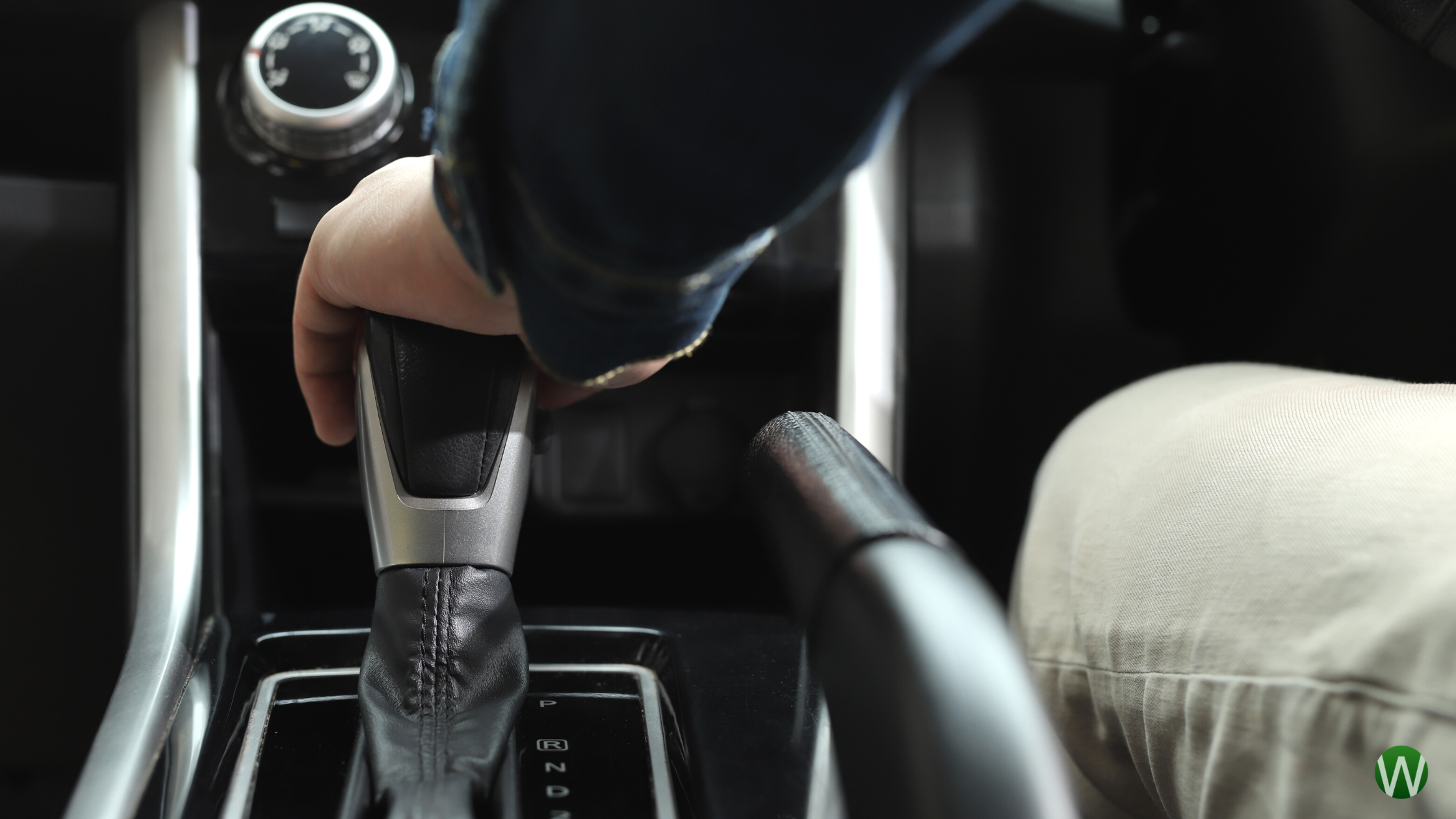The hazard perception test. Those two little words can strike fear (and maybe a bit of confusion) into the hearts of learner drivers everywhere. You’ve heard the whispers: “click five times,” “aim for the lamppost,” “there’s a secret formula!” These so-called “hacks” promise a quick and easy route to passing, but let’s be honest, if it sounds too good to be true, it probably is.
So, can you really outsmart the hazard perception test with a few clever tricks? In a word: no. But don’t despair! This isn’t about crushing your dreams of driving; it’s about setting you up for success on the road. And that starts with understanding what the hazard perception test is really about.
Why “Hacks” Won’t Get You Your License (and Could Actually Be Dangerous)
The hazard perception test isn’t some arbitrary obstacle designed to make your life difficult. It’s a crucial step in ensuring that new drivers enter the roads with a vital skill: the ability to anticipate and react to hazards.
Here’s the thing: The test uses sophisticated technology to assess your genuine observation skills and reaction times. It’s not just about clicking when you see something; it’s about recognising developing hazards before they become a serious problem.
Let’s debunk some common myths:
- Myth: Clicking multiple times guarantees a higher score.
- Reality: The test is designed to detect patterns and random clicking. It’s looking for genuine reactions to developing hazards, not a click-happy finger.
- Myth: There are specific areas on the screen where you should click.
- Reality: Hazards can appear anywhere on the screen, just like in real life! Focusing on specific areas will only limit your ability to spot hazards developing in other parts of the scene.
- Myth: You can learn the test routes and hazard placements.
- Reality: The test uses a vast library of clips and hazard placements are randomised. Even if you could memorise every route, it wouldn’t guarantee success.
Attempting to use “hacks” not only diminishes the integrity of the test, but it can also be dangerous. Relying on tricks instead of developing genuine hazard perception skills can create a false sense of confidence, leading to poor decision-making on the road. And that’s a risk no responsible driver wants to take.
The Real Secret to Acing the Hazard Perception Test: Developing Your Driver’s Intuition
So, if “hacks” are out, what’s the secret to passing the hazard perception test? It’s simpler than you might think: developing your observation skills and learning to anticipate potential hazards.
Think of it like this: experienced drivers don’t just react to what’s right in front of them; they’re constantly scanning the road, anticipating potential dangers, and adjusting their driving accordingly. They’ve developed a sort of “driver’s intuition.”
Here are a few proven strategies to help you build that same intuition:
- Practice, Practice, Practice (But Make it Purposeful)
There are tons of free and paid hazard perception test resources available online and through apps. But don’t just go through the motions! Approach each practice test with a focused mindset:
- Actively Scan the Screen: Don’t just stare at the center of the road. Use your eyes to scan the entire scene, looking for anything that could potentially develop into a hazard.
- Think Ahead: Try to anticipate what other road users might do. Will that car pull out? Is that pedestrian about to cross the road?
- Analyse Your Mistakes: Don’t just shrug off incorrect answers. Take the time to understand why you missed a hazard and how you can improve your observation skills for next time.
- Become an Observant Passenger
Next time you’re a passenger in a car, resist the urge to zone out or scroll through your phone. Instead, actively observe the road as if you were driving.
- Look for Potential Hazards: Where are the pedestrians? Are there cyclists on the road? Are there any cars approaching junctions or changing lanes?
- Pay Attention to the Driver: How are they reacting to different situations? What decisions are they making? This is a great way to learn from experienced drivers.
- Bring Hazard Perception into Your Everyday Life
You don’t have to be behind the wheel to practice your hazard perception skills. In fact, you can sharpen your observation skills anywhere!
- Walking or Cycling: As you navigate your surroundings, imagine yourself driving. What potential hazards do you see? How would you react if you were driving a car?
- People Watching: Even observing people’s behaviour can be helpful. Are they looking before crossing the street? Are they distracted by their phones? Understanding human behaviour is a big part of hazard perception.
- Don’t Underestimate the Power of Professional Instruction
While independent practice is essential, there’s no substitute for the guidance of a qualified driving instructor. They can provide personalised feedback on your observation skills, help you identify areas for improvement, and offer valuable insights based on their experience.
Passing the Test is Just the Beginning
Remember, the hazard perception test is not the finish line; it’s the starting point of your journey as a safe and responsible driver. By ditching the “hacks” and focusing on developing genuine hazard perception skills, you’ll not only be well-prepared to pass the test, but you’ll also be equipped with a vital skill that will serve you for life.





